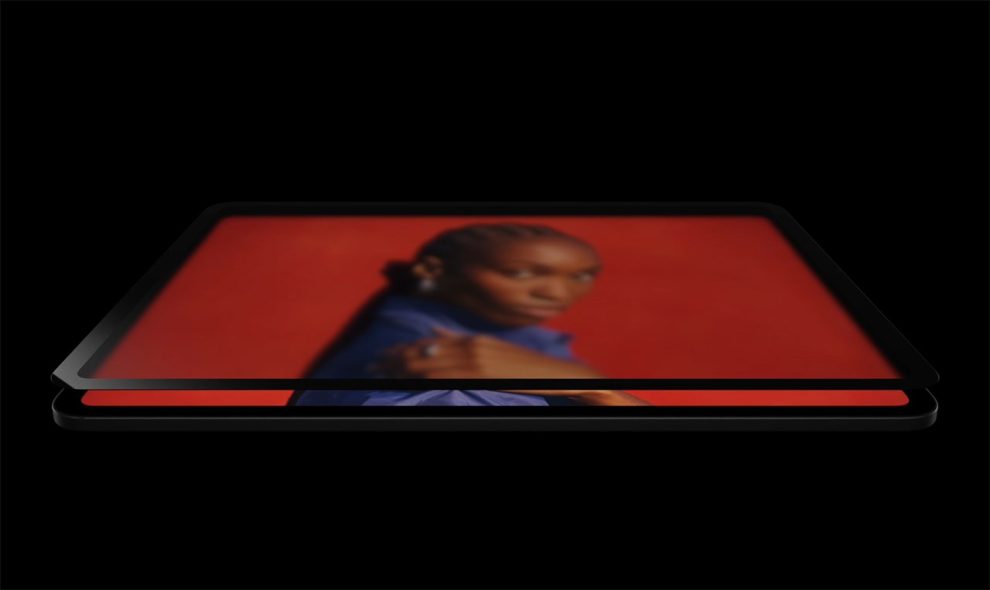Tandem OLED has emerged as a game-changer in the display industry. This innovative technology is not only enhancing our viewing experiences but also posing a significant challenge to emerging technologies like MicroLED and QDEL.
The Rise of Tandem OLED in Consumer Electronics
As I stand in the bustling showroom of a major electronics retailer, the vibrant screens of the latest devices catch my eye. Among them, the new OLED-based iPad Pro stands out, its display noticeably brighter and more vivid than its predecessors. This isn’t just another incremental improvement – it’s the result of Tandem OLED technology, a breakthrough that’s quietly revolutionizing the screens we use every day.
Tandem OLED is like giving your display a superpower boost,” explains Sarah Chen, a display technology expert I interviewed at the store. “By stacking two layers of organic light-emitting materials, we’re able to achieve brightness levels and energy efficiency that were once thought impossible with traditional OLED.”
Understanding Tandem OLED
To truly appreciate the impact of Tandem OLED, it’s crucial to understand what sets it apart from conventional OLED technology. Unlike single-stack OLEDs, Tandem OLED displays feature two layers of red, green, and blue (RGB) organic light-emitting materials working in tandem.
Eric Virey, principal displays analyst at Yole Intelligence, breaks it down for us: “Imagine two OLED engines working together. They can either produce twice as much light with the same energy input or maintain the same brightness level while using only half the power. This flexibility is what makes Tandem OLED so versatile and exciting for device manufacturers.”

The Tandem OLED Advantageous Brighter Screens, Longer Battery Life.
As I navigate through the store’s laptop section, I notice a sleek Dell XPS 13 with a Tandem OLED display. Alyssa Degregorio, XPS product planner at Dell, joins me to discuss its benefits.
With Tandem OLED, we’re able to extend battery life by up to 10 percent,” Degregorio explains. For a thin-and-light laptop like the XPS 13, where every gram and millimeter counts, this technology allows us to offer a superior display without compromising on portability or battery life.”
This improved efficiency isn’t just limited to laptops. The latest OLED-based iPad Pro boasts an impressive 1,000 nits of brightness for standard content – a significant jump from its predecessor’s 600 nits – while maintaining the same battery life claims.
Addressing OLED’s Achilles’ Heel (Durability and Longevity).
One of the long-standing concerns with OLED technology has been the risk of burn-in, especially in devices used for extended periods. Tandem OLED is tackling this issue head-on.
“By distributing the workload across two layers, we’re significantly reducing the stress on each individual layer,” Chen explains. “This not only extends the overall lifespan of the display but also minimizes the risk of burn-in, even in high-usage scenarios.”
To demonstrate this, Chen shows me a demo unit that’s been running a static image for months. Unlike older OLED displays, there’s no visible sign of image retention or degradation.
Tandem OLED in the Automotive Industry
As we move to a section showcasing automotive displays, it becomes clear that Tandem OLED’s impact extends beyond consumer electronics. LG Display introduced Tandem OLED for car displays back in 2019, recognizing the technology’s potential in this demanding environment.
“In automotive applications, display durability and visibility are paramount,” says Michael Thompson, an automotive display specialist I spoke with. “Tandem OLED allows us to create screens that are not only bright enough to be easily readable in direct sunlight but also robust enough to withstand the harsh conditions inside a vehicle for years.”
Tandem OLED’s Challenges and Opportunities
While Tandem OLED is making significant strides, it’s not without its challenges. Cost remains a significant factor, potentially limiting its adoption in more budget-friendly devices.
“Right now, Tandem OLED is primarily found in premium devices,” Virey notes. “But as manufacturing processes improve and economies of scale kick in, we expect to see this technology become more widely available across different price points.”
Looking ahead, the potential applications for Tandem OLED are vast. From foldable smartphones to large-format displays, the technology is poised to make its mark across various device categories.
Tandem OLED vs. MicroLED and QDEL: The Display Technology Showdown
As exciting as Tandem OLED is, it’s not the only player in the advanced display technology arena. MicroLED and QDEL (Quantum Dot Electroluminescent) displays have been generating buzz for years, promising even greater improvements in brightness, efficiency, and color reproduction.
However, Tandem OLED’s successful implementation in popular consumer devices has raised the bar for these emerging technologies. “OLED is a moving target,” Virey explains. “Just as MicroLED and QDEL are getting close to commercial viability, Tandem OLED comes along and pushes the goal posts further away.”
This doesn’t mean that MicroLED and QDEL are out of the race. Each technology has its strengths and potential applications. For instance, MicroLED may have an advantage in augmented reality (AR) glasses, where ultra-high brightness is crucial.
“For AR glasses competing with outdoor light, you need brightness levels in the hundreds of thousands or even millions of nits,” Virey notes. “That’s something MicroLED can potentially achieve, but it’s beyond the capabilities of even Tandem OLED.”
As I wrap up my tour of the showroom, it’s clear that Tandem OLED is more than just a stopgap solution – it’s a significant leap forward in display technology. By addressing key limitations of traditional OLED while building on its strengths, Tandem OLED is setting new standards for brightness, efficiency, and durability in our screens.
While challenges remain, particularly in terms of cost and manufacturing complexity, the potential benefits of Tandem OLED are undeniable. From smartphones and tablets to laptops and automotive displays, this technology is poised to enhance our visual experiences across a wide range of devices.
As the display technology race continues, with MicroLED, QDEL, and other innovations on the horizon, one thing is certain: the future of our screens is looking brighter than ever.nsumer electronics.
















Add Comment